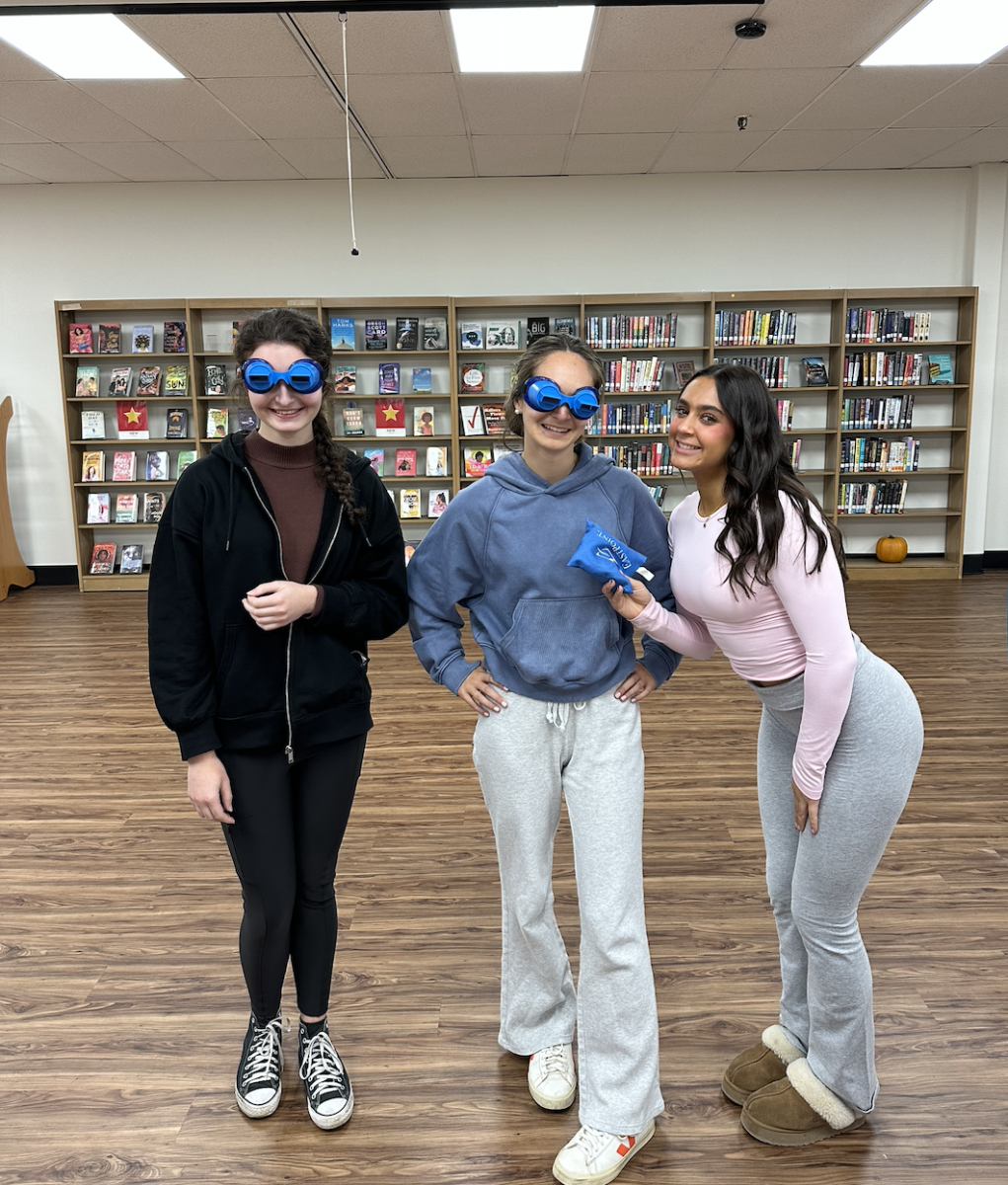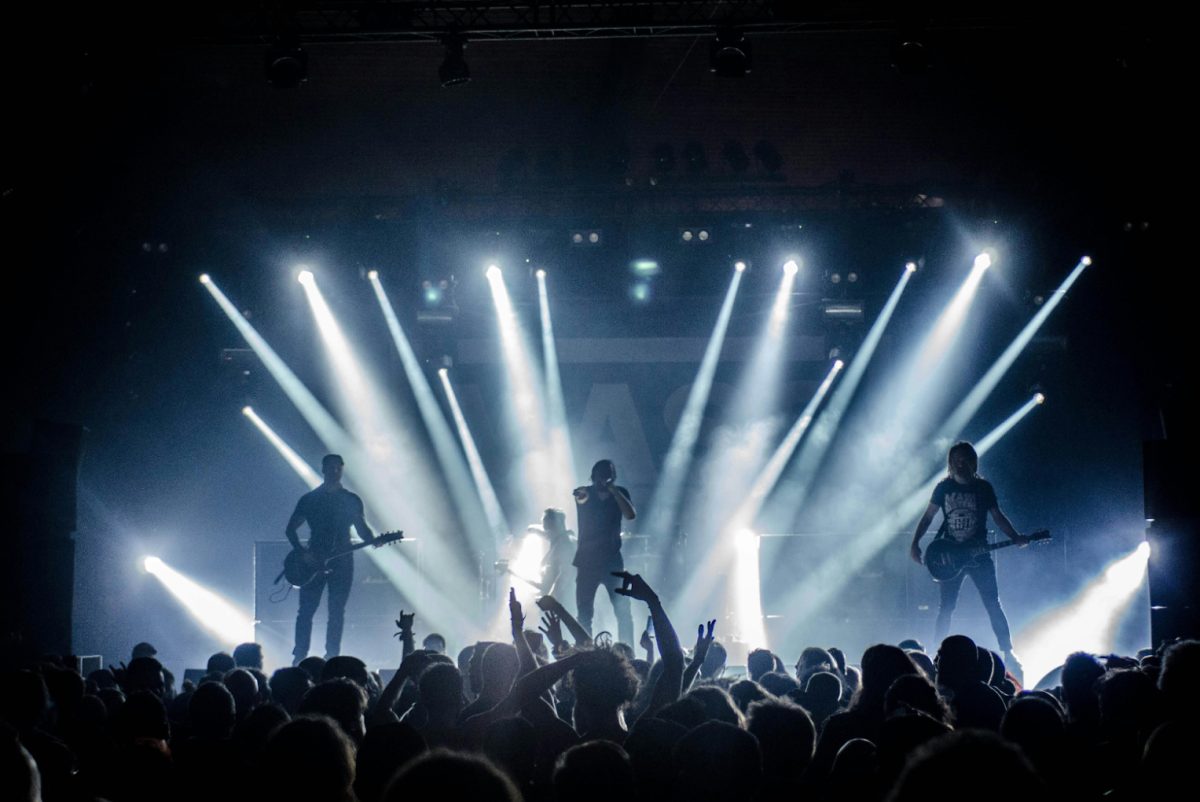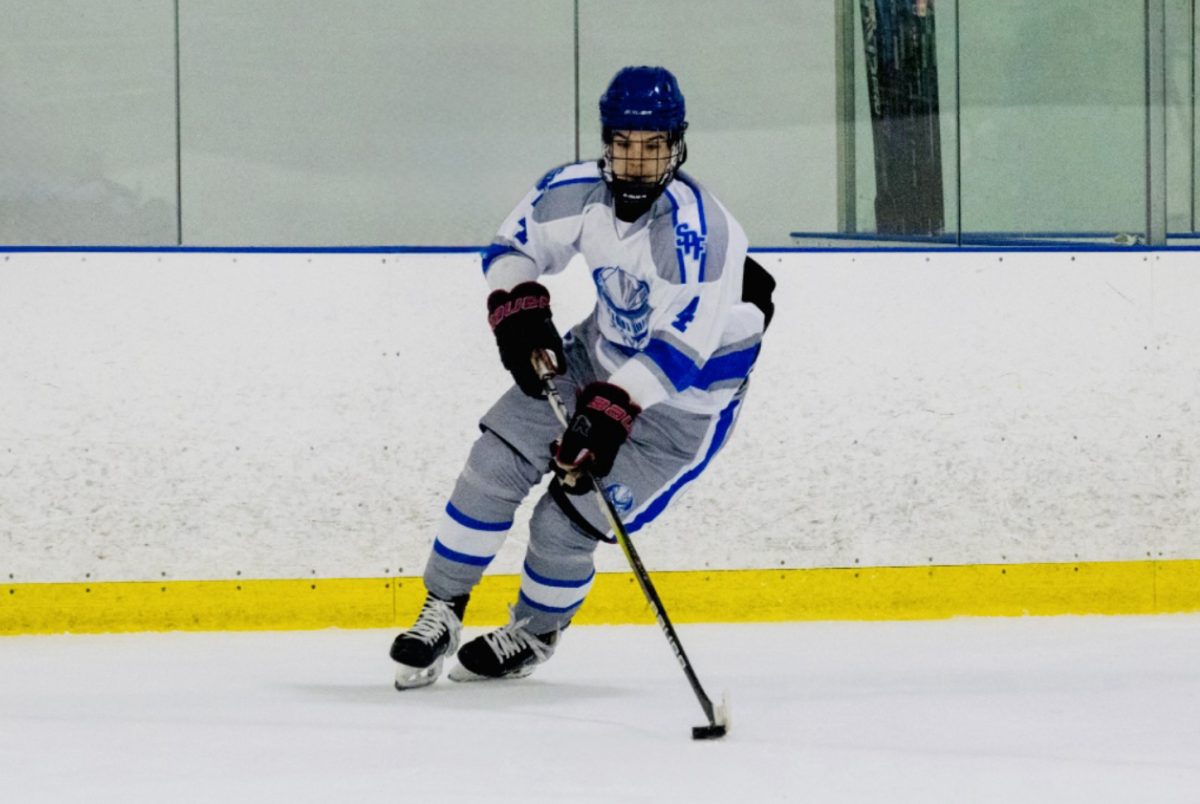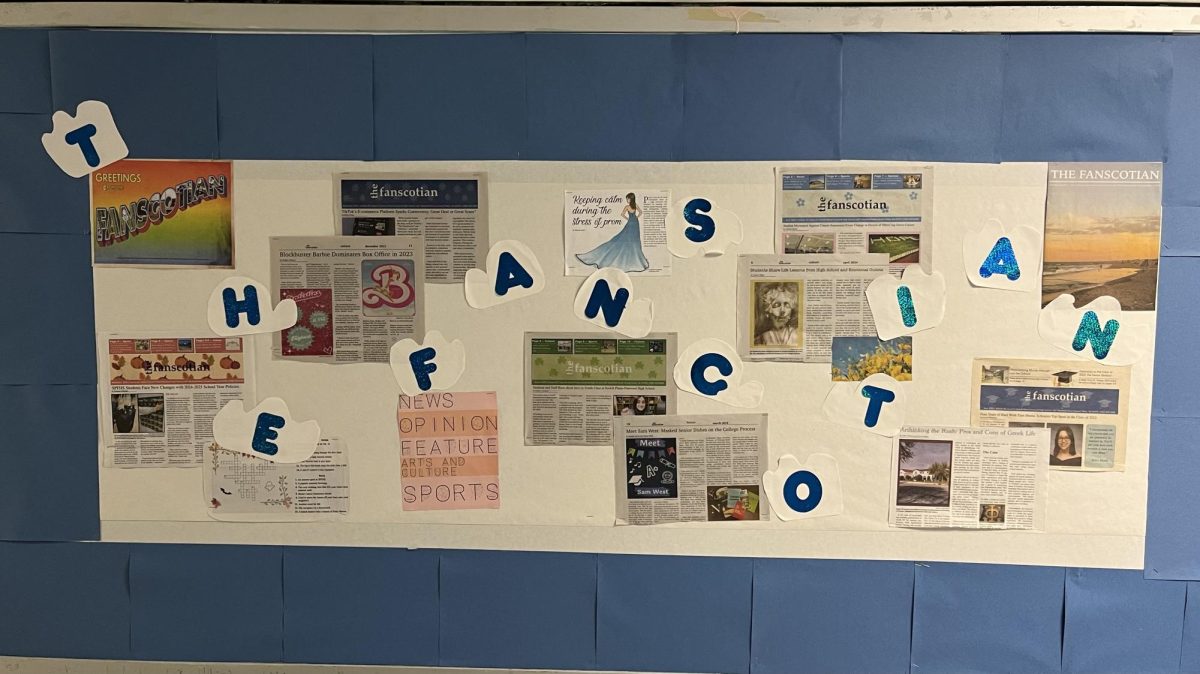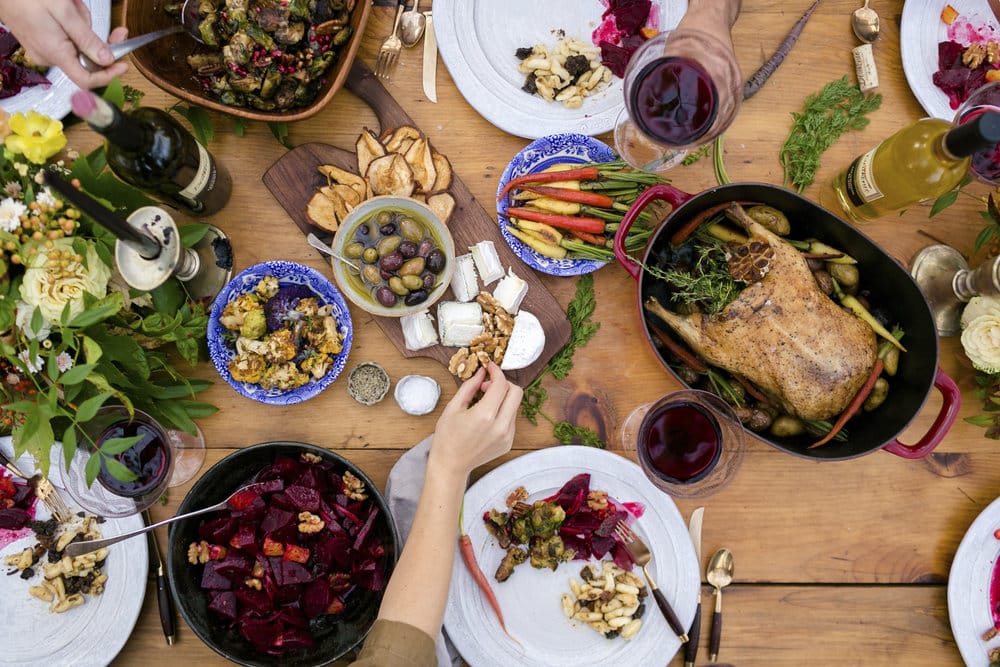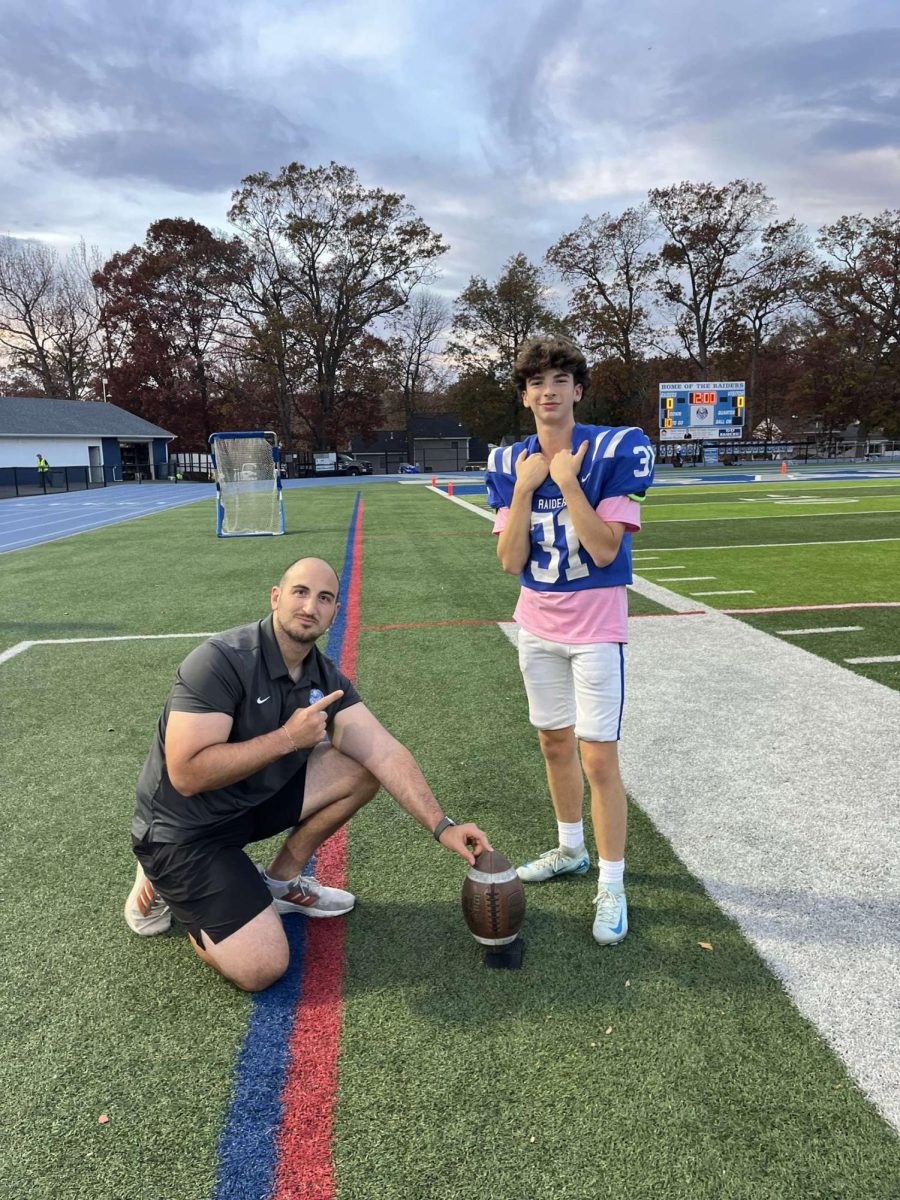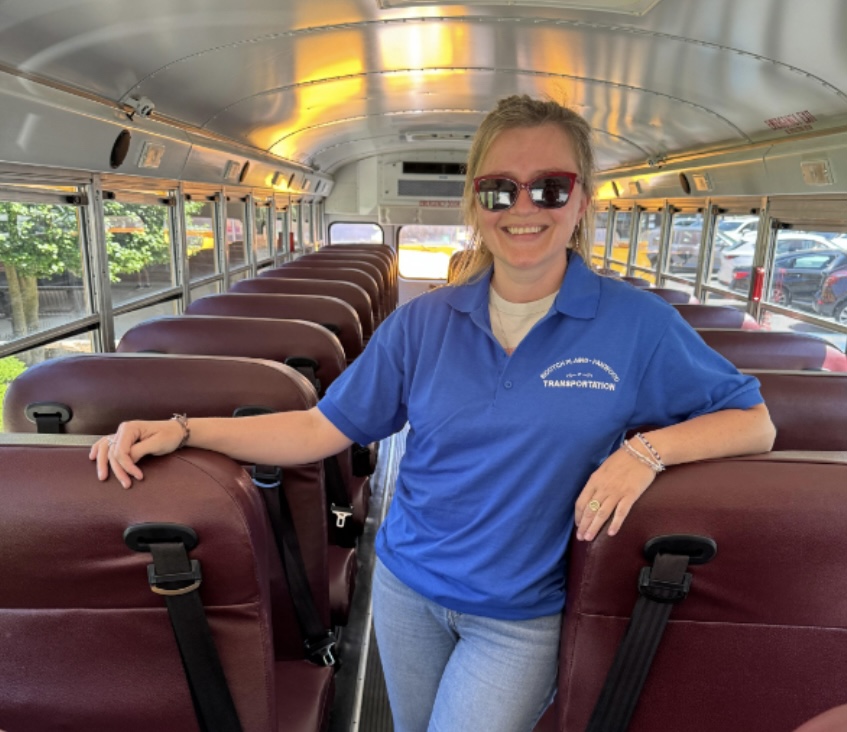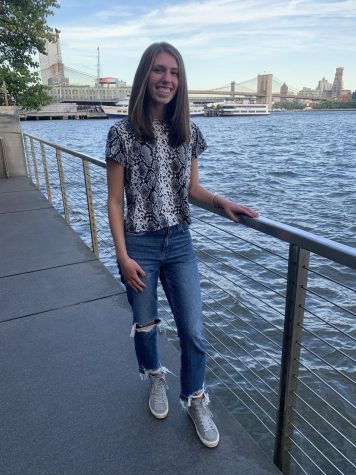On Nov. 2 and 3, AP Psychology students went down to the media center to participate in a lab involving distortion goggles.
As students enter the sensations and perceptions unit, AP Psychology teachers Colleen Cramond and Elyse Freudenfels thought this would be a fun way to kick it off learning about vision. This experiment directly correlates with how we obtain and process information through the occipital lobe.
“What’s fascinating is that we see the world upside down just like the inversion goggles, but instantaneously, our occipital lobe works with the neurons in our brain to turn the images right side up,” Cramond told The Fanscotian. “It was a fun play on how we actually perceive the world, but because our brains work so quickly, we’re not really taking things in actually upside down.
Students were immediately split into five groups, each rotating between different stations. Within the groups, students were put into teams of two or three and at the stations teammates would compete against each
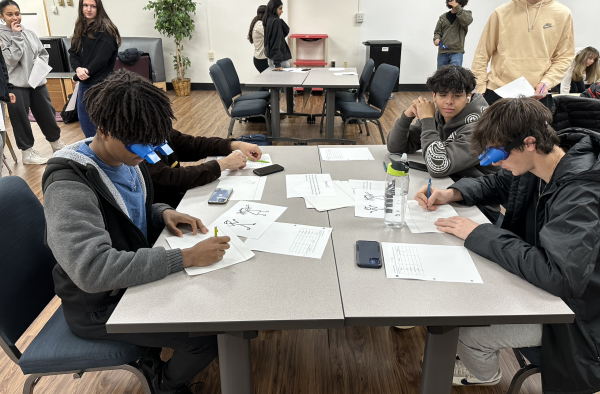
Station One: Drawing
While drawing stick figures may seem like a simple task, it is very difficult when the world is upside down. Students had to draw one boy and one girl, copying each detail that was shown in the picture. The student who completed this task to the best of their ability and in the shortest amount of time won.
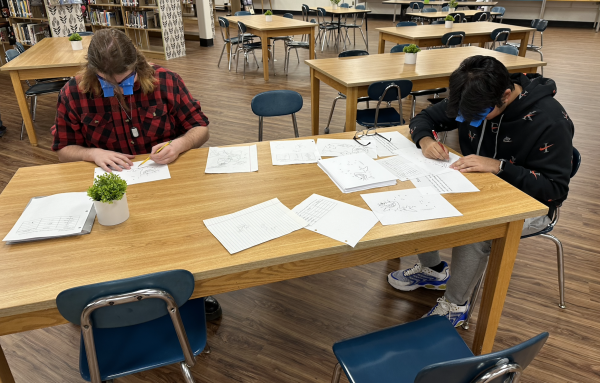
Station Two: Connect the Dots
Connecting the Dots is an activity we have all done since first grade, but putting on distortion goggles brings it to a whole new level. Students often found themselves drawing lines in the opposite direction of the next dot. Similar to the drawing activity, the team member who completed this activity with the fastest time won.

Station Three: Catch
You would think that throwing and catching a bean bag is muscle memory, but when you can barely see what’s coming, it becomes quite the challenge. Many students with distortion goggles on had to look down at the ground in order to catch a glimpse of the bean bag that was coming their way. They also tried to anticipate when it would hit their hands, but most of the time it landed on the ground. The team member with the most amount of catches in a certain time period won.
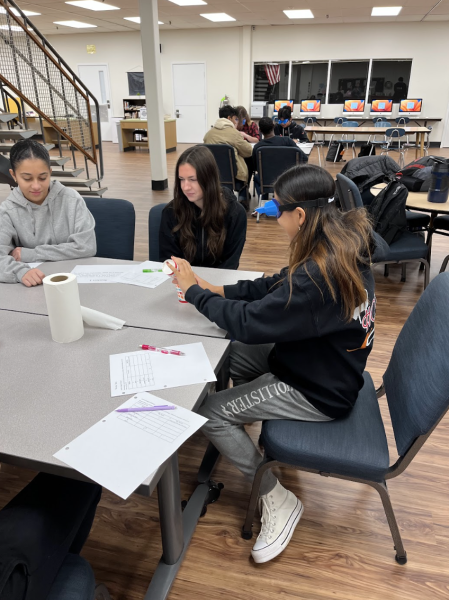
Station Four: Water Pour
While wearing the distortion goggles, students were tasked with transferring the water from one cup into another. While there was some water spilled on the tables in the media center, many students were successfully able to complete this. The student who transferred the water the quickest with no spills won.
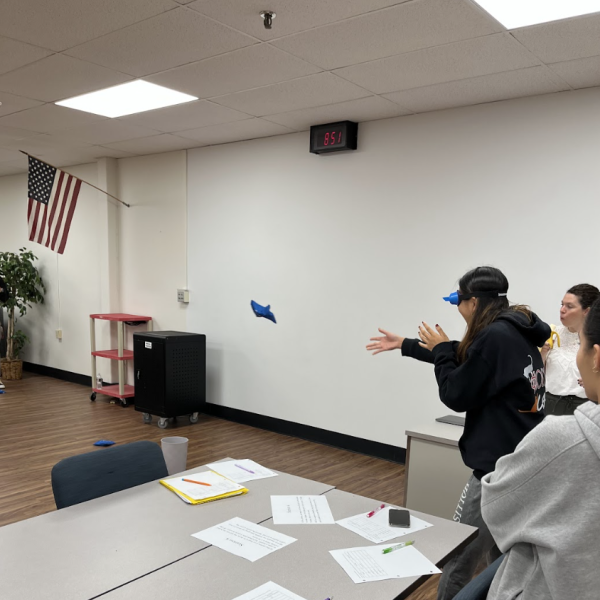
Station Five: Bean Bag Toss
At this station, students had to stand a few feet away from a bucket and attempt to toss the bean bag in. This was a very difficult station and many students struggled to get the bean bag in the bucket even one time.
“We created stations with a dual purpose, to have fun, but also to practice this idea of sensation and perception,” Freudenfels said. “AP Psych has a lot of notes and vocabulary. This was a nice break, but [also] an educational break.”
Cramond and Freudenfels have lots of exciting activities planned for their students to get psyched about. Coming up, they will be participating in a blind taste test, where students will attempt to determine what color skittle they are eating while blindfolded.


